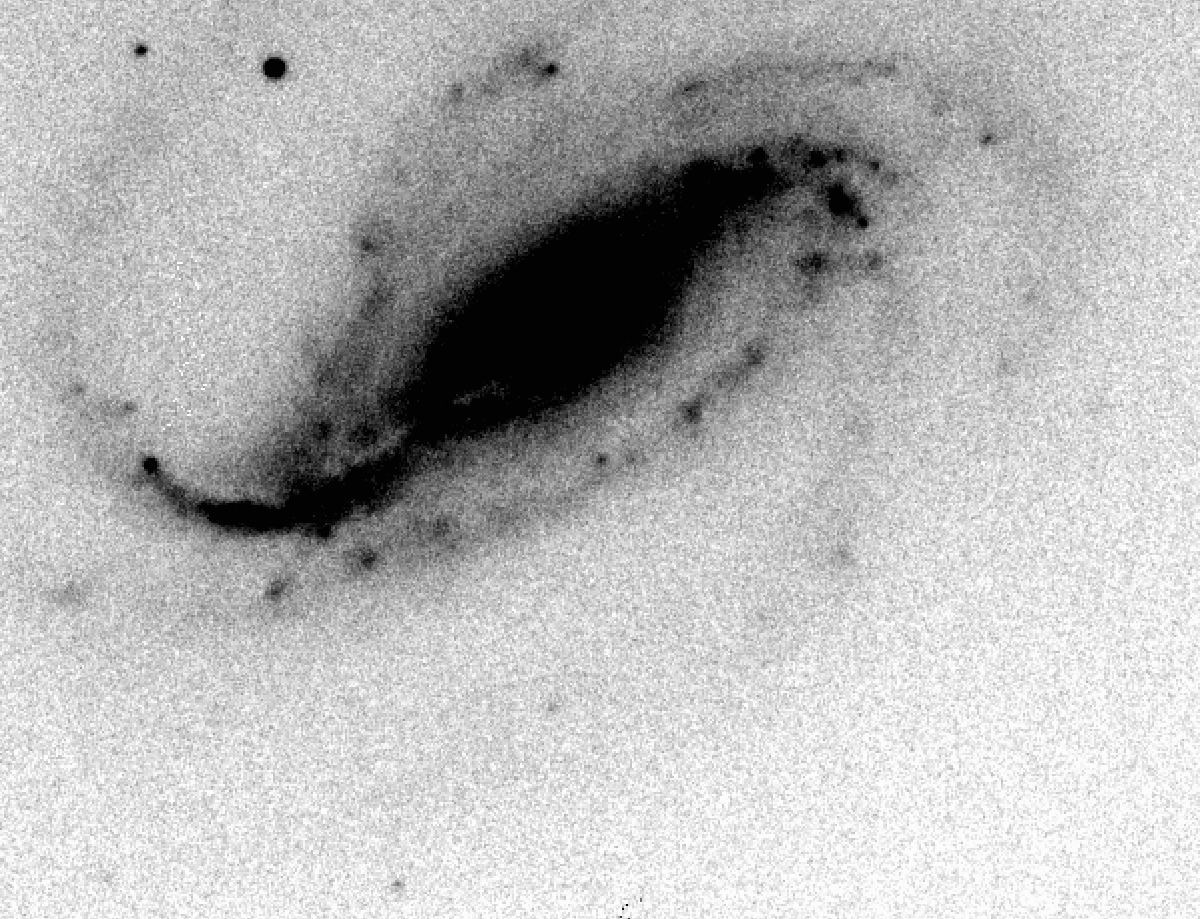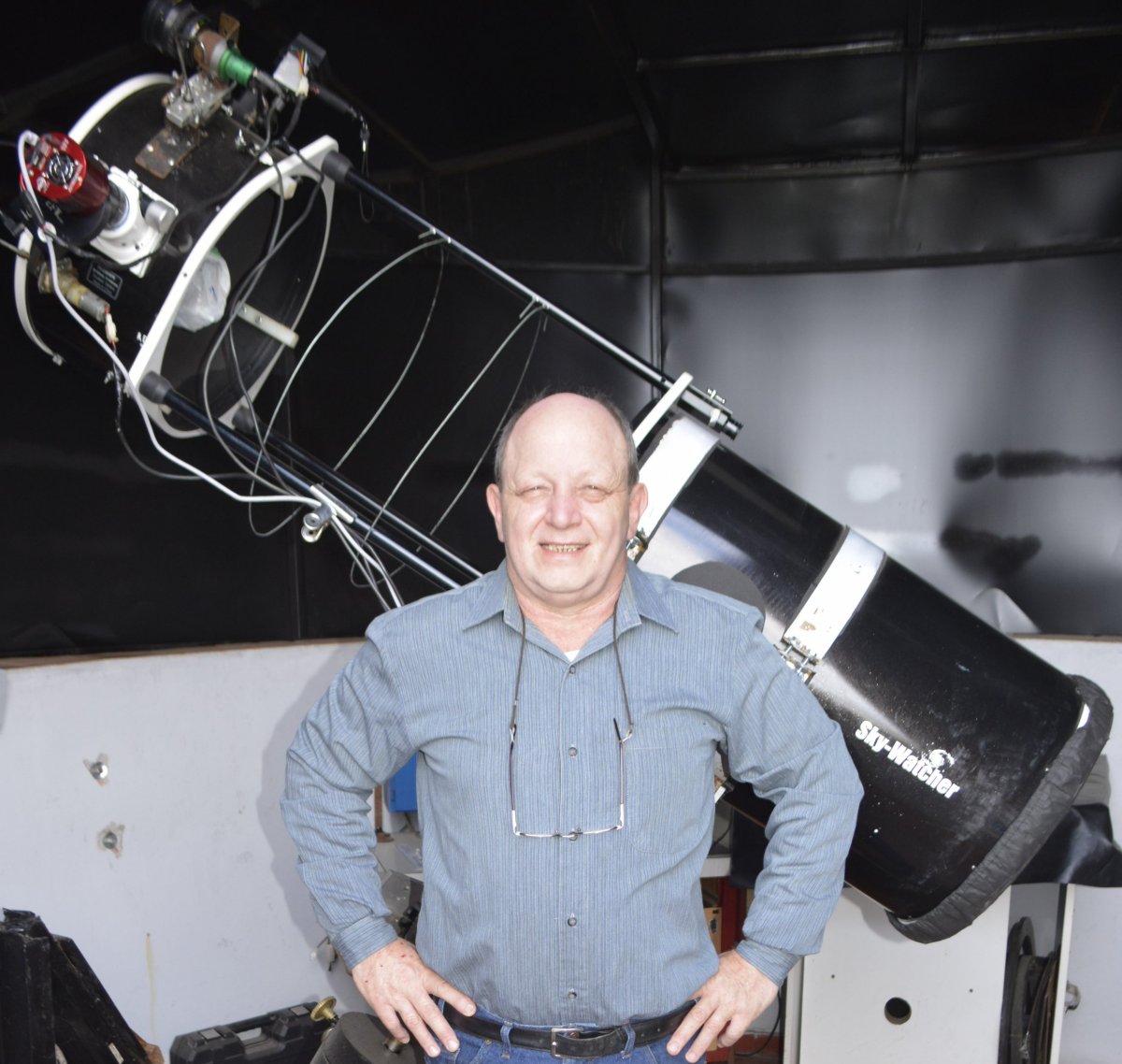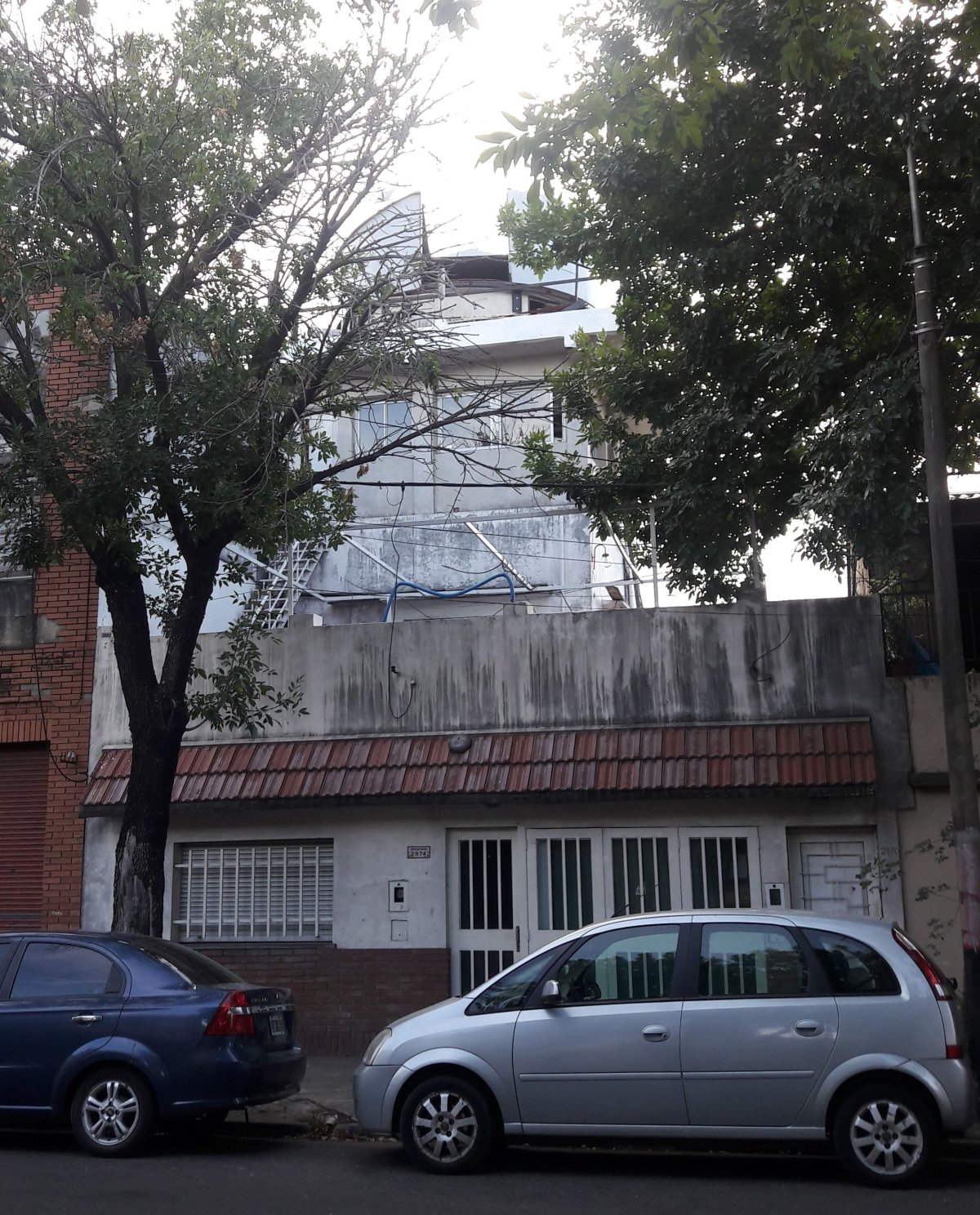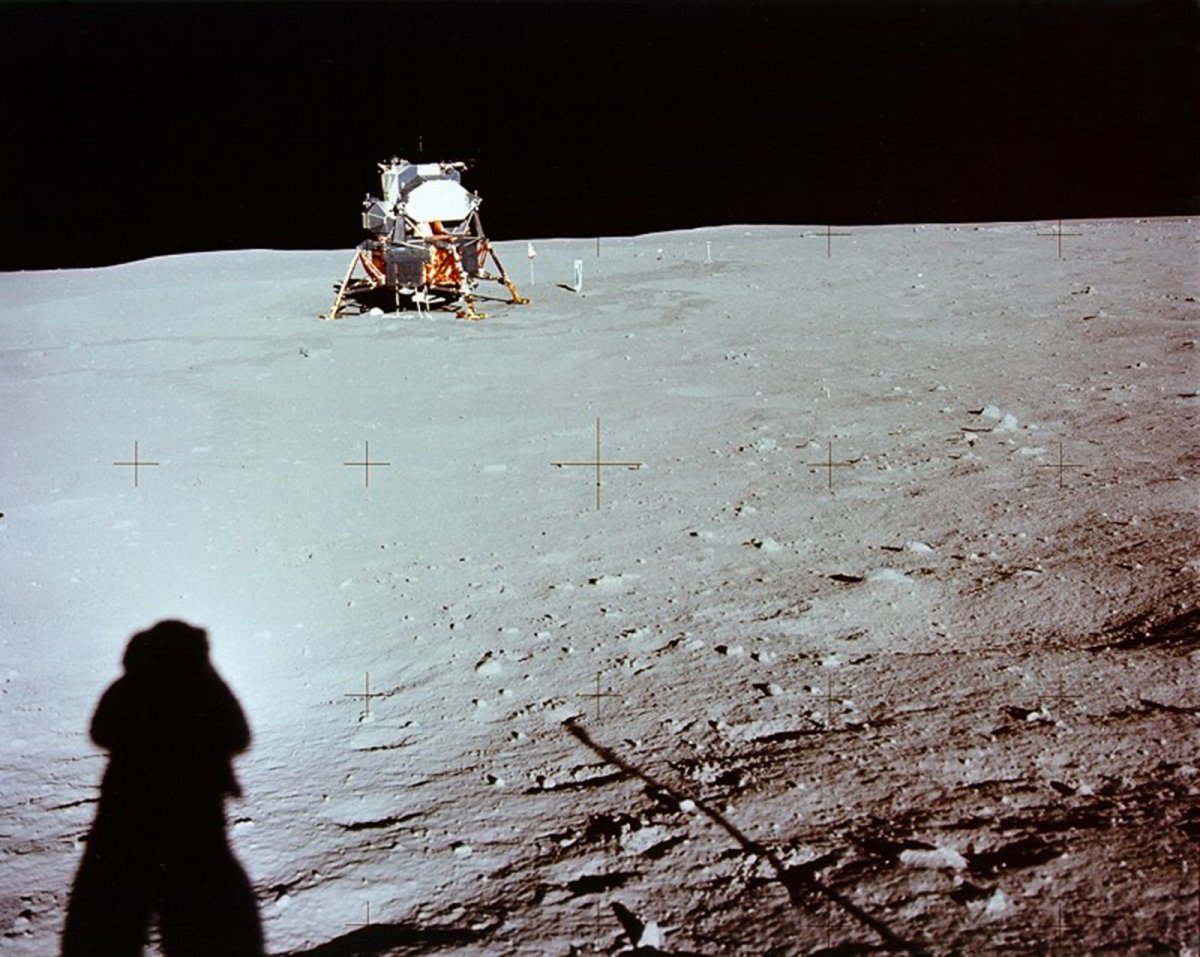An amateur astronomer has captured the birth of a supernova while trying out his new camera. Scientists believe this could be the first time anyone has photographed the initial flashing of an exploding star—a phase which can last just minutes.
Researchers think the serendipitous snaps offer unique insights into the evolution of supernova, which are usually only pictured after this brief "shock breakout" phase. A new analysis of the surge of light is published in Nature this week.

A chance discovery
In the early hours of September 20, 2016, Victor Buso was testing a new astronomical camera for his home observatory in Rosario, Argentina. Unsatisfied with his first galactic pictures, but wary of waking his neighbors, the 58-year-old locksmith gambled on a bigger galaxy nearby: NGC 613.
"I chose the galaxy by chance but, among those in that region of the sky, it has a beautiful form with looping clouds—bright and dark," he told Newsweek in an email, in quotes translated from Spanish. Buso had read somewhere, too, that supernova were more likely to appear in spiral galaxies like NGC 613.
He started taking 20-second exposure images and stacking them for contrast. After some time, Buso noticed something was off in some of his photos compared to online images from other observatories.
Far from a shining supernova, that very first difference was barely there—a single pixel, he said. But, as Buso made his way through his image stack the anomaly shone brighter and brighter. "I thought, 'My God, what is this?'" he said.
Buso realized he needed to contact a professional astronomer straight away to verify his discovery, but, it was the middle of the night and he couldn't contact any. He sent some pictures to a fellow amateur, Sebastián Otero, a member of the American Association of Variable Star Observers (AAVSO) to confirm the strange event and work out what to do next.
Buso decided to look to the skies the following night to see if the object was already shining like a supernova. "I went up to the telescope, pointed it, prepared it and shot the camera," he said. Lo and behold, the camera revealed a beautiful supernova, now called SN 2016gkg. He jumped for joy when he saw the image.

A first for astronomy
The discovery was monumental not just for Buso but astronomy as a whole. Researchers Melina Bersten and Gastón Folatelli, part of the team investigating the supernova in the Nature paper, told Newsweek these chance photos could be the first of their kind.
"We actually think this is the first time an observer recorded the appearance of a supernova literally on camera. Some supernova have been discovered hours after explosion. But, Victor Buso caught the exact minutes when the supernova was being born," Bersten said. Not only that, she added, but he had captured the evolution of this elusive phase.
The flash from a supernova's shock breakout phase can last an incredibly short time, Folatelli said—from minutes to hours. "Since it is impossible to know where and when a supernova will go off, you'd simply have to be observing the right galaxy at the exact moment that the explosion occurs," he explained.

Supernova are stars which suddenly explode and eject most of their mass, sometimes shining brightly enough to outshine whole galaxies. The duration and brightness of that initial ejection, the researchers said, can tell astronomers about the exploding star's outermost structure.
"We currently don't know many details of the evolution of massive stars and how they experience mass loss during their lifetimes," Bersten explained. "This type of observations may help to better understand the processes by which massive stars lose mass."
Even as professional astronomers use larger telescopes and cameras, supernova breakout phase flashes have remained elusive. The events are very rare, with only one estimated to occur per century, per galaxy, the researchers explained.
Emphasizing the importance of the work of amateur astronomers, Folatelli said: "It requires a very passionate and seasoned observer, such as Victor, to realize what he discovered."
A lifetime in the making

The discovery has been a lifetime in the making for Buso, who has been watching the skies since childhood. His mother—who cried at her black-and-white television when Neil Armstrong set foot on the moon in 1969—encouraged the young "Vitito" to enjoy the stars and the moon with his own eyes. In 1970, his father took him to see the brilliant comet Bennett streak across the sky.
Eight years ago, Buso sold some family land and used the money to build a small astronomical observatory on his roof. He has been searching the skies ever since with this home observatory, which he named "Busoniano."
"A lot of the time, you search yourself and you wonder, why do I do this? Why do I deny myself and work so many hours with so much dedication?" he said. "Now I have found the answer."
Uncommon Knowledge
Newsweek is committed to challenging conventional wisdom and finding connections in the search for common ground.
Newsweek is committed to challenging conventional wisdom and finding connections in the search for common ground.
About the writer
Katherine Hignett is a reporter based in London. She currently covers current affairs, health and science. Prior to joining Newsweek ... Read more
To read how Newsweek uses AI as a newsroom tool, Click here.








